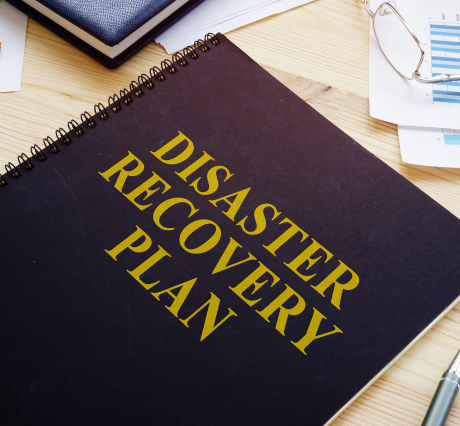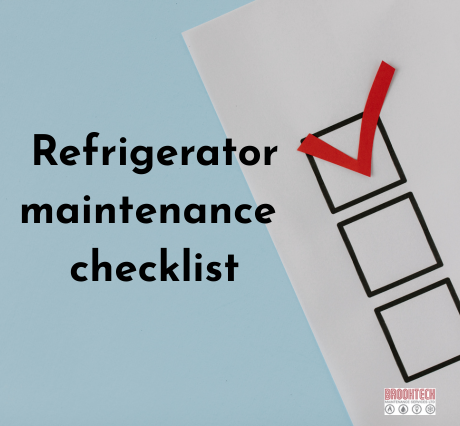Crafting a Comprehensive Business Disaster Plan
In the dynamic landscape of modern business, preparing for unforeseen disasters is not just a precautionary measure; it’s a critical component of strategic risk management. A well-thought-out disaster plan ensures that a business can navigate through disruptions and emerge resiliently, minimizing downtime, preserving assets, and safeguarding its reputation.
Understanding the Importance of a Disaster Plan
The first step in crafting a comprehensive disaster plan is recognizing its importance. Disasters can come in various forms, from natural calamities like earthquakes, floods, and storms to human-made crises such as cyberattacks, data breaches, and supply chain disruptions. Each of these events has the potential to disrupt operations, cause financial losses, and damage the reputation of a business. Therefore, having a robust disaster plan in place is not just prudent; it’s essential for business continuity and long-term sustainability.
Key Components of a Business Disaster Plan
A well-designed disaster plan should encompass several key components to address a wide range of potential threats effectively. Here are some essential elements to include:
- Risk Assessment: Begin by conducting a comprehensive risk assessment to identify potential hazards and vulnerabilities that could impact your business. Consider both internal and external factors, such as the location of your premises, the nature of your industry, and the current geopolitical climate.
- Emergency Response Procedures: Outline clear and actionable procedures for responding to different types of emergencies. This should include protocols for evacuation, sheltering in place, communication with stakeholders, and coordination with emergency services.
- Communication Plan: Establish a robust communication plan to ensure timely and accurate dissemination of information during a crisis. Designate primary and secondary communication channels, specify roles and responsibilities for communication tasks, and ensure redundancy to mitigate the risk of communication failures.
- Resource Management: Identify and secure the necessary resources needed to support business continuity efforts. This may include access to backup power sources, IT infrastructure, essential supplies, and alternate facilities for operations.
- Data Protection and Recovery: Implement measures to safeguard critical data and facilitate its recovery in the event of a data breach or system failure. This may involve regular data backups, encryption protocols, and offsite storage solutions.
- Training and Education: Provide comprehensive training and education to employees on their roles and responsibilities during emergencies. Conduct regular drills and exercises to test the effectiveness of the disaster plan and ensure that staff are prepared to respond effectively.
- Review and Revision: Regularly review and update the disaster plan to reflect changes in the business environment, emerging threats, and lessons learned from previous incidents. Engage stakeholders in the review process to gather feedback and improve the plan’s effectiveness continuously.
Crafting Your Business Disaster Plan
Now that you understand the key components of a business disaster plan, it’s time to start crafting your own. Begin by assembling a dedicated team responsible for developing and implementing the plan. This team should include representatives from different departments and levels of the organization to ensure comprehensive coverage and buy-in from stakeholders.
Next, conduct a thorough risk assessment to identify potential threats and vulnerabilities specific to your business. Consider factors such as your geographical location, industry sector, and regulatory requirements to ensure that all relevant risks are addressed.
Based on the findings of the risk assessment, develop detailed emergency response procedures tailored to different scenarios. Clearly outline the steps to be taken during emergencies, including evacuation routes, communication protocols, and resource allocation strategies.
In addition to emergency response procedures, your disaster plan should also include provisions for business continuity and recovery. This may involve establishing alternate operating sites, implementing remote work arrangements, and securing access to essential supplies and services.
Once the disaster plan is drafted, it’s essential to test it regularly through simulations, drills, and tabletop exercises. This will help identify any weaknesses or gaps in the plan and allow you to make necessary revisions before a real emergency occurs.
Finally, ensure that all employees are trained and familiar with the contents of the disaster plan. Provide ongoing education and awareness initiatives to reinforce key messages and promote a culture of preparedness throughout the organization.
Ready to Craft a Disaster Plan?
In today’s uncertain world, preparing for disasters is not just a matter of if but when. By crafting a comprehensive business disaster plan, you can mitigate risks, protect assets, and ensure the long-term resilience of your organization. Remember to involve all relevant stakeholders in the planning process, regularly review and update the plan, and provide ongoing training and education to employees. With proper preparation and proactive measures, your business can weather any storm and emerge stronger on the other side.
Partnering with Brooktech Maintenance can streamline the process of disaster planning for your business. Our experienced team specializes in developing customized solutions tailored to your specific needs. From conducting thorough risk assessments to designing actionable emergency response procedures, we’re here to ensure your business is well-prepared for any crisis. With our expertise, you can enhance the resilience of your organization and safeguard its long-term success. Let Brooktech Maintenance be your trusted partner in building a secure and resilient future. Contact us today.

Reference: The British Standards Institution (BSI) offers comprehensive guidelines and standards for business continuity planning, including BS ISO 22301, which provides guidance on implementing and maintaining an effective business continuity management system.








